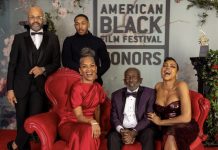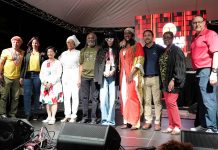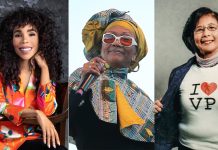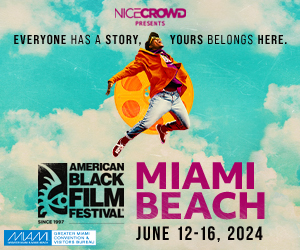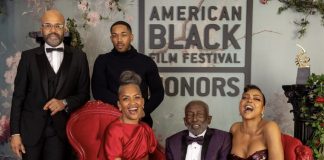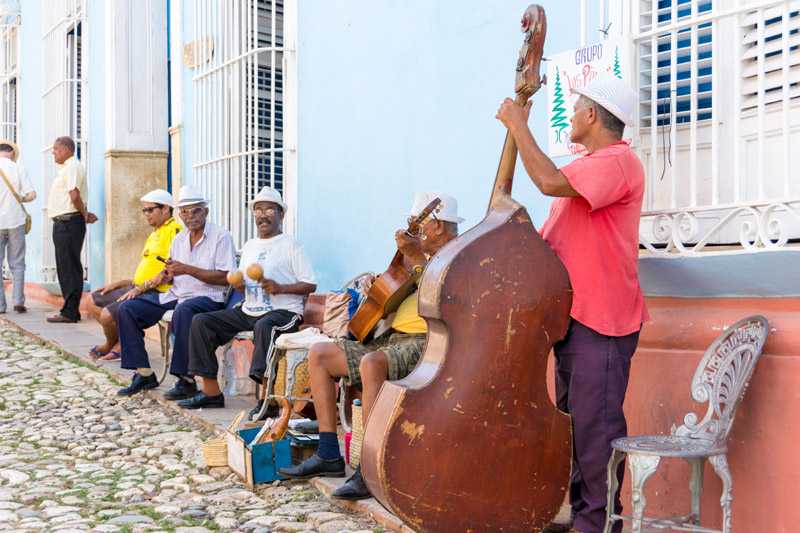
Writer Bekim Rauseo | Photography Supplied
Well before the jumping, the waving, and the chipping on the road wearing pretty costumes during carnival season, caribbean music was an expression of our most human need – freedom.
To fully understand the origins of Caribbean music is first, to understand the region’s dark history.
During the 18th and 19th centuries, African freedom, throughout the islands, was strangled by the hands of colonial rule. But, in its firm grip writhed a strong and passionate people, discovering new forms of self expression.
The horrors of slavery in the Caribbean can be traced back to a time from 1662 to 1807, when a generation was yolked by foreign others. Yet, out of this pitch black, events like the Haitian Revolution of 1789 set an amber blaze that lit a path to new life surrounded by the Caribbean Sea. From this rigid and oppressive hold, a vibrant people gave birth to our earliest music sounds, expressing hope, sorrow and joy.
Rara, a type of festival music, was born out of the Haitian rebellion. Twoubadou is another Haitian musical style that takes its name from the word ‘troubadour’, a medieval poet-musician creating guitar melodies seeped in the storytelling traditions of Africa. Twoubadou is melodic, lyrical and sinuous, with tones that swirl over the tempo of the short slightly sporadic tapping of drums.
Mento hails from Jamaica. It is a delightfully mellow music, and is considered the founding beat of ska and reggae, with audible similarities to Trinidadian Calypso. However, Mento’s less aggressive treatment sets it apart from other pre-calypso genres.
Then there’s Zouk from the French Caribbean islands, and Benna, a scandalous, call-and-response, calypso-type music from Antigua and Barbuda that held the social power to topple politicians. Quelbe, also known as scratch band music, is the very heartbeat of the Virgin Islands. Scratch bands perform pieces with a briskly moving baseline, peppered on top with the delicate tinkle of iron implements and the feathery sound of flutes. Junkanoo, a passionate music from the Bahamas, is synonymous with the intonation of the “rake and scrape” resting underneath big band sounds of blurting brass instruments, like the trumpet and euphonium.
The sounds are strikingly similar yet pleasantly individual. All these, amazing yet hidden sounds that inspired and uplifted a people from the darkest hours of our islands’ history.
Despite their connected origins, the distinction of each genre in Caribbean music is defined by nuanced sound. Simple instruments were made by hand, often from found objects gesticulated to create simple beats. Each island was populated by various European rulers. Their music was influenced by Africans from multiple tribes such as the Ashanti of Ghana, Yoruba of Nigeria, Imbangala of Angola, and the Nyamwezi of Tanzania, bringing with them their unique customs and religions. Once forced into the perimeters of these tiny countries, this clash of cultures fused together in ways that none would have expected.
This melange of Dutch, French, English, Spanish, Chinese, Indians and Africans created a kaleidoscope of sonic color that continued to evolve as the music shaped the identities in each country.
Pre-calypso Caribbean music is so much more than just songs about rum and coca cola, or Harry Belafonte twisting and gyrating to the ping and pang of a steel drum. The decades following Emancipation were witness to the symbolic pongin’ and tinkering of the sound that was refined in the hills of Laventille Trinidad, the cockpit country of Jamaica, and the deep green of Haiti during the 60s and 70s, reinvigorating island music as we know it today. Caribbean music includes and goes beyond the discography of Kassav’, David Rudder, Bob Marley, Barrington Levy, and Chalkdust.
The post-colonial music catalogue of the region and diaspora stretches far into the corners of recent history. Even the contemporary sound of Drake, Tory Lanez and Diplo owes a debt to the score of island music’s history. Despite its rich and treacle past, most people understand the beginnings of Caribbean music as the pastiche parade of entertainment performed in songs like Calypso Blues by Nat King Cole.
But if one were to pull back the beaded curtain for a less obscured view, one would discover the true and hidden sound of the region. At house parties and other family functions, in and around carnivals, weddings, and christenings, you will still hear the faint sounds of yesteryear in the music of the day enjoyed by those closest to its heritage.
The rebellions and riots that inspired this artistic and extremely powerful form of resistance also transformed a people and the celebrations they observe to this day. From Junkanoo parades in the Bahamas, held on Boxing Day and New Year’s Day, to the many iterations of carnival celebrated in Trinidad and Tobago, Jamaica, Saint Lucia, and Grenada (just to name a few), there’s no denying that today’s island music continues to resonate due to the jewels hidden for us in the closed fists of a people under pressure.


